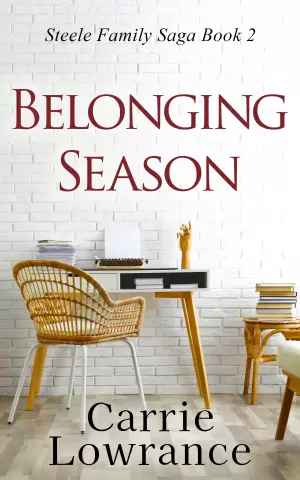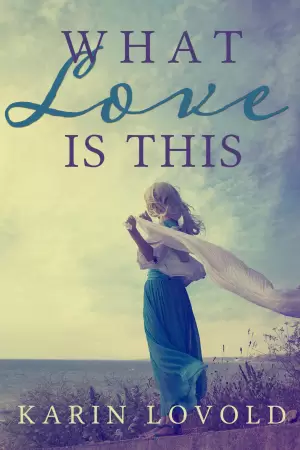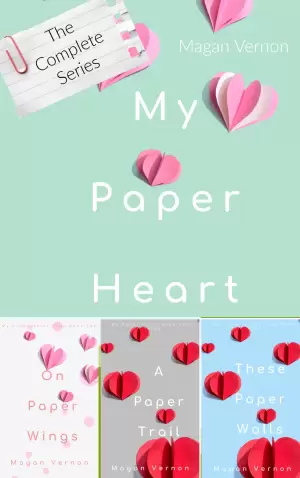Book Review: Van Gogh Has a Broken Heart: What Art Teaches Us About … by David Ramsey
As an art enthusiast, I’ve often found myself enchanted by paintings, letting their colors wash over me while savoring their beauty. When I stumbled upon David Ramsey’s Van Gogh Has a Broken Heart, I was intrigued by the promise of a deeper understanding—one that melds the trials of the artists with the art they create. Little did I know, this book would fundamentally transform how I perceive not only art but also the stories and struggles woven into each piece.
Ramsey delves into the lives of well-known artists like Van Gogh, Degas, and Norman Rockwell, arguing that the most profound art emerges from profound suffering. His narrative is both challenging and enlightening, shifting my perspective from seeing art as merely aesthetic to understanding it as a reflection of human experience—pain, hope, grief, and beauty intertwined. “Art shows us back to ourselves,” Ramsey writes, and this concept resonated deeply with me. It encourages us to confront the complexity of our own struggles while simultaneously celebrating beauty in its rarity.
One of the standout chapters for me was on Van Gogh, where Ramsey implores readers not to trivialize the artist’s tormented moments into a mere joke for calendars. “We are not our worst moments or our biggest failures,” he asserts, urging us instead to recognize the sacred nature of our sorrows. This struck a chord with me; it’s a gentle reminder to be tender with both ourselves and others because life can often feel overwhelmingly hard.
The book is peppered with exquisite insights, such as the poignant imagery of a hike where the beauty of nature is simultaneously a source of joy and sorrow. Ramsey’s ability to articulate this duality is nothing short of remarkable: “We are pained that we cannot describe or even comprehend the wonder we’re beholding.” This passage illuminated not just art, but life itself—how our deepest experiences are often beyond words.
Another fascinating section touches on the Hudson River School artists. Ramsey brilliantly captures the experiences of indigenous communities through their lenses, portraying a sophisticated harmony with the land that goes unnoticed in many narratives. This nuance invites us to rethink historical art and its portrayal of culture, making us aware of the often-ignored stories woven into the fabric of landscapes.
I admired Ramsey’s writing style—it’s contemplative yet accessible, which makes complex ideas feel approachable. His use of extended quotes adds depth, allowing readers to savor the weight of his reflections. As someone not formally trained in art theory, I appreciated how he encourages a posture of humility: “The goal here is not to learn to like everything you find off-putting; it’s to come to art with a posture of openness.” This mantra resonates beyond the canvas, encouraging introspection in all areas of life.
In conclusion, Van Gogh Has a Broken Heart is a treasure for anyone curious about the interplay between art and human experience. It’s a book that invites readers—whether they’re artists, art lovers, or simply those navigating life’s challenges—to find connection and beauty amid sorrow. Ramsey challenges us to be open, to embrace our needs for connection, and to appreciate the beauty that emerges from the depths of our struggles. This reading experience has left me not just more enlightened about art but also more aware of the stories that shape my own life and those around me. If you’re ready to see art through a more profound lens, I wholeheartedly recommend diving into this book.
Discover more about Van Gogh Has a Broken Heart: What Art Teaches Us About … on GoodReads >>















